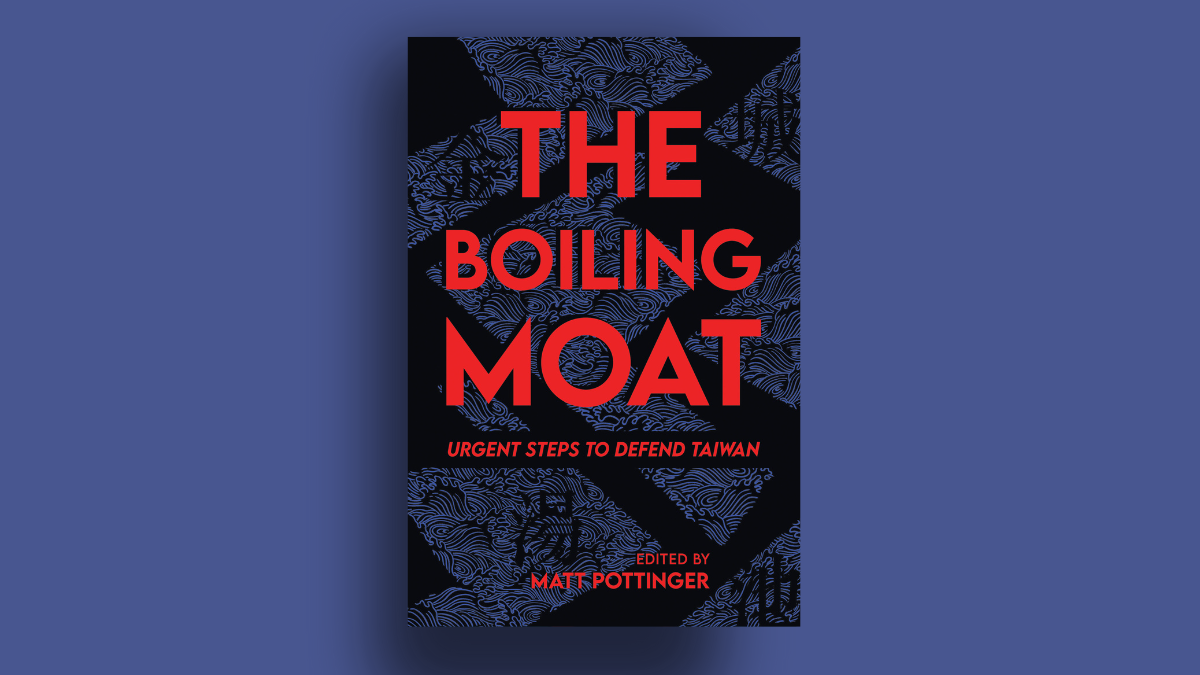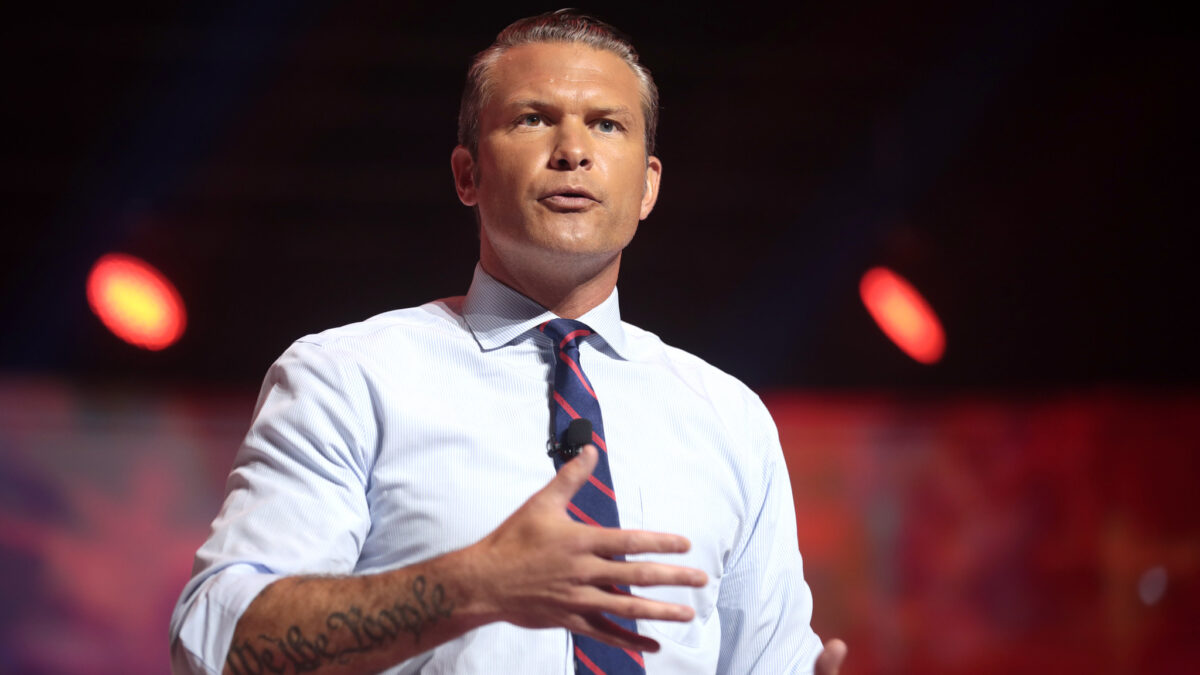
Since its publication in 1985, “The Handmaid’s Tale” has been a beloved novel to progressives because of its warning against religious, especially Christian, extremism. The Republic of Gilead, a successor to a fallen United States, is the setting of Margaret Atwood’s dystopian novel, where environmental catastrophe caused widespread infertility.
A totalitarian regime with a Christian theocratic foundation seizes power to solve the crisis, and limits the rights of women to maximize fertility rates. If a male citizen can’t conceive a child with his wife, then the government gives him a “handmaid” who will bear a child for him. One of the shocking aspects of the novel is that many women willingly go along with this terrible situation as long as they derive a modest amount of security from it.
The novel is probably more popular now than it’s ever been in its 32-year history, currently sitting on the New York Times, Wall Street Journal, and Amazon bestseller lists. After Donald Trump’s election, Atwood hinted the new president embodies the spirit of her fictional state, and last month Hulu released a television series based on the novels. The Left has always used the novel as a cautionary tale against sexual oppression, but now many people seem to be asking, “Could it happen here?”
But what if it already has happened here, and we just didn’t notice because we were too focused on the book’s religious hang-ups rather than what it says about the intersection of politics and sexuality? In reflecting on the themes of “The Handmaid’s Tale,” I began to feel that some of the practices of the Republic of Gilead bear a striking resemblance to California’s laws regarding gestational surrogacy.
Let’s Break It Down to See the Parallels
Gestational surrogacy is when a woman carries a baby conceived from donor sperm and a donor egg, which means the surrogate has no genetic link to the baby. Often the surrogate doesn’t have a previous relationship with the donors; she merely offers her womb. This service could be altruistic, and the surrogate carries a baby for nine months because she wishes to help a childless couple. However, it’s not uncommon for parents to pay surrogate mothers, which means she’s renting her womb.
In the past, couples who wanted to rent a young, healthy womb would often go to India or perhaps Thailand because overseas wombs don’t cost as much. As one would expect, this kind of arrangement led to abuse, and many Asian countries that allowed paid surrogacy have tightened their restrictions.
The place in the world friendliest toward paid gestational surrogacy is California, not Cambodia. In most states in America, surrogacy is a gray area, and paid surrogacy is increasingly restricted or outlawed. Not only does California allow paid surrogacy, it also allows people to establish parental rights before birth through the surrogacy contract. The birth mother has no legal rights over the child she carries inside her, and her legal rights over her own womb are in many cases severely curtailed.
I admit that it might seem like a stretch to say California reflects the oppressive Republic of Gilead. After all, California isn’t well-known for its religious observance. But for the moment, let’s leave aside the religious angle and look at the intersection of politics and sex.
Plot spoilers for “The Handmaid’s Tale” follow.
The Parallel Connections Between Politics and Sex
First, California and Gilead unhinge procreation from love and turn it into an impersonal process regulated by law. Once upon a time, when a child asked, “Where do babies come from?” one might begin with, “When a mommy and a daddy love each other very much…” but in California this no longer holds true.
Making a child ought to require a very personal interaction between a man and a woman, which is why we’re horrified when we read about sex in “The Handmaid’s Tale.” In the novel, three people are involved. The husband has sex with the handmaid while she’s forced to lie between the wife’s legs. Moreover, the wife holds the handmaid’s hands so the handmaid can’t touch the husband.
This is depersonalized procreation and sex, and it disturbs us when it’s in literature, but when it happens in California, we don’t mind as much. Three people are needed to make a baby—a sperm donor, an anonymous egg donor, and a surrogate—and none of these people need to touch each other, much less have a loving relationship.
Second, California and Gilead restrict the freedoms of those who bear the children. In Atwood’s novel, the handmaid is bound to the household of the husband and wife. What she wears and her freedom of movement are severely curtailed. Surrogacy contracts in California can include stipulations about what the birth mother can eat. There have been instances in which a woman is forbidden to color her hair. However, these restrictions on freedom are insignificant compared to fact that the birth mother has no rights over the life of the child she carries.
The surrogacy contract transfers abortion rights from the birth mother to the person paying for her services. These contracts include clauses that allow the “parents” to require the surrogate to abort in the case of deformity or multiples. In the Republic of Gilead, the handmaids had no rights over any of the children they bore, and their deformed children would be labeled “unbabies” and discarded. The law in California views things in much the same way.
Third, the rhetoric of the government is at odds with the reality. Gilead promoted itself as being pro-women’s rights, but readers see that the regime exploits women. California promotes itself as a progressive state concerned with women’s rights, but its surrogacy laws give few protections to women. Instead it treats women’s wombs as incubators that can be bought.
Both Arrangements Prioritize Men’s Desires
What would make California, that beacon of progressivism, curtail the rights of women? There’s another group whose rights trump those of women—men. The goal of Gilead’s repressive regime was to control reproduction for a small, influential group of men. California is doing the same thing for a small influential group of men. In Gilead, birth rates plummeted among this select group because of environmental disaster. In California, this select group of men has trouble birthing their own babies because they’re gay. They need these surrogates more than the leaders of fictional Gilead do.
Here’s where we return to that religious angle. America has become more LBGT-friendly over the years, but only in California does the ideology of gay rights speak with religious authority. For the most part, it’s the gay community that can’t do without gestational surrogacy. This isn’t about LBGT rights broadly, because the “L” and “B” of LBGT don’t need this service like the “G” does. If the “G” wants something in California, the state government is more than happy to comply regardless of whether it preserves the rights of women or children.
Some folks with a libertarian bent will argue that there’s nothing wrong with letting a woman rent out her womb if she wants to. No one is forcing her into these agreements, and she does get paid well. Why should we complain, if these women seem all right with it?
In the Republic of Gilead, many of the women go along with the exploitation, but we the readers know it isn’t right. That’s one of the scariest things about the novel—the idea that people can be bought so easily. Elite women enforce the status quo because it preserves their place, but surprisingly the handmaids accept their role too because it’s the easiest choice.
Even Offred, the book’s heroine, becomes complacent because she’s bought off with minor kindnesses. Men in California who need surrogates buy off women in tough financial situations with boatloads of cash. If you search Google for “surrogacy California,” you’ll be bombarded with ads promising young healthy women tens of thousands of dollars for their services. Exploitation is exploitation, even if the exploited seem to go along with it.
We’re repulsed by the world of “The Handmaid’s Tale.” The view of procreation disturbs us because we understand in our hearts that it’s unnatural, and we’re unsettled at how the government supports the exploitation of women. But if we’re worried about whether it could happen here, we’re missing the point. Worrying about potential injustices distracts us from addressing current injustices. Perhaps the best way to prevent a dystopian future in which politics has perverted sex is to resist the political perversions of sex that currently exist.









